Mattress protector vs encasement: Which is best for bed bugs, urine and more?
How to choose between a mattress protector and a mattress encasement for bed bugs, urine, mold and more
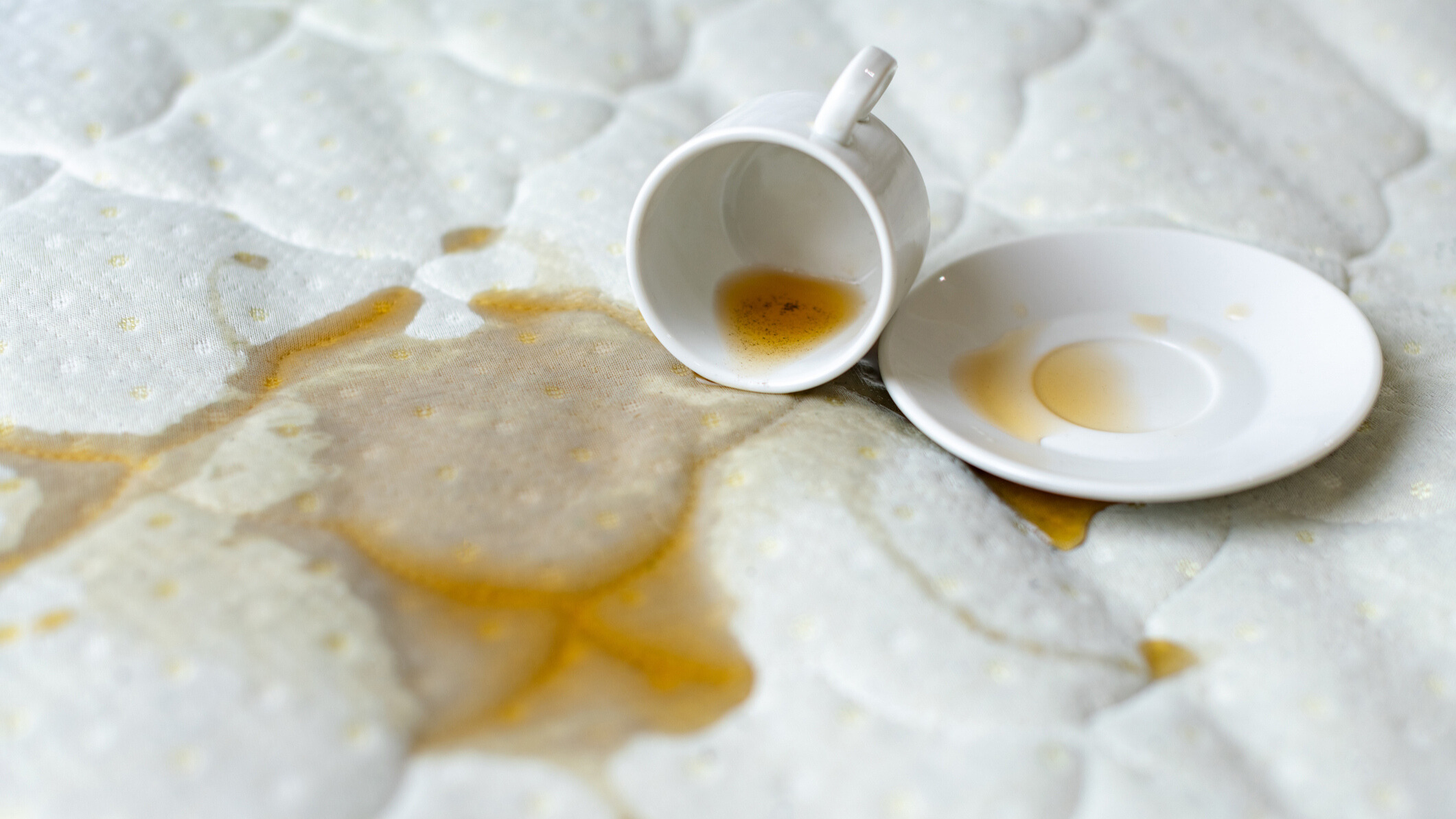
Choosing between a mattress protector and mattress encasement can be tricky. If you’ve bought the best mattress for your sleeping style and budget, popping on a protector or encasement can safeguard your bed against common allergens and help it last longer.
On the face of it, both mattress protectors and encasements serve a similar purpose. They can both help protect your mattress against accidents, spills, body oils, and bugs. However, a mattress protector protects the top layer of the mattress while an encasement will provide protection for the entire mattress.
To help you decide which one suits your sleep needs, we will now explore the key differences between a mattress protector and a mattress encasement. Whether you're looking for protection against stains, spills, dust mites, or bed bugs there's a mattress protector for you. Let's get started...
What is a mattress protector?
A mattress protector, also know as a mattress cover, sits on top of your mattress and has been designed to safeguard your mattress from spills, stains, body oils, dust mites, allergens, and other potential sources of damage. It acts as a protective barrier between you and your mattress, extending its lifespan and maintaining its hygiene. One of the best things about mattress protectors is that they’re easy to take care of as most can be machine washed and dried at home.
Mattress protectors are usually made from a thin fabric which are either water-resistant or waterproof. But you can also get cooling protectors that are made from a breathable fabric such as cotton or Tencel, and they may also have cooling features, such as gel or phase change materials, to help hot sleepers stay cool at night.
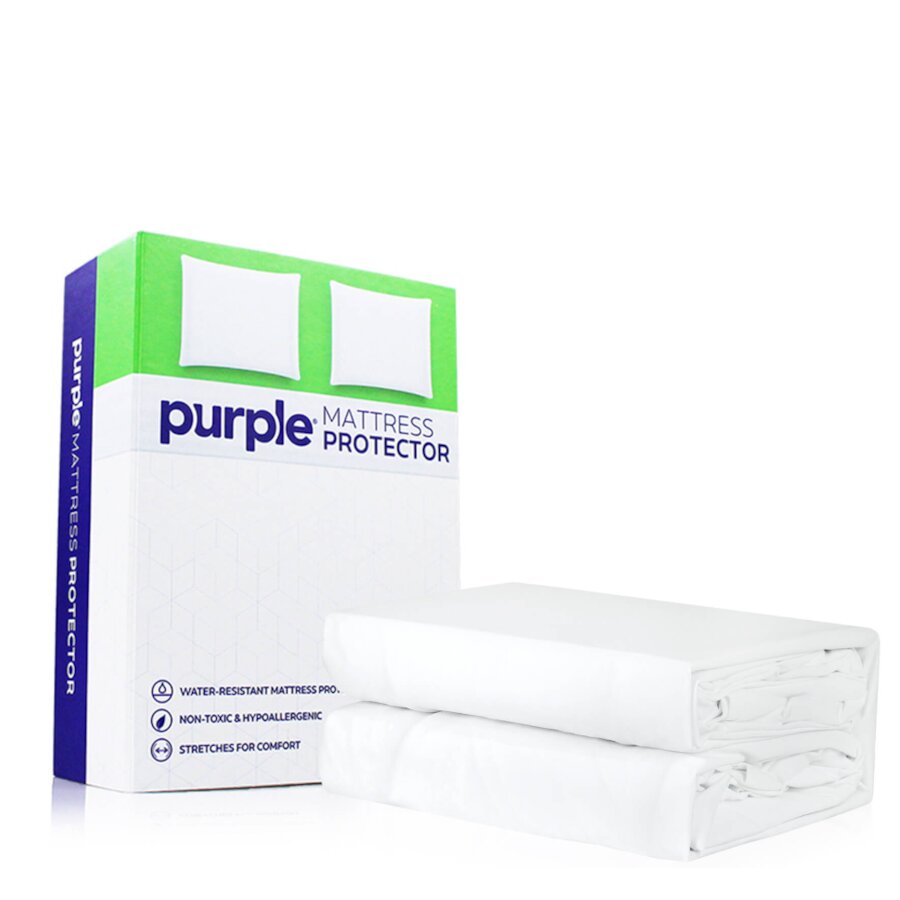
Mattress protectors are an inexpensive way to care for and protect your mattress. They come in the same sizes as mattresses, and they range in price as we’ve documented in our best mattress protectors guide. You can get a Purple Mattress Protector in queen size for just $99, which works with mattresses up to 15 inches deep.
Or if you’re looking for something that offers both protection and added comfort, the Nectar mattress protector has a stretchy, non-slip design that will fit mattresses up to 22 inches tall. This mattress also has a quilted top for extra comfort and costs just $99 for a queen size from Nectar.
What is a mattress encasement?
A mattress encasement covers the whole of the mattress. Unlike mattress protectors which just sit on top of the mattress like a fitted sheet, encasements enclose all six sides of the mattress and are made from a thick, durable material, such as vinyl or polyester with a zipper closure.
Mattress encasements are excellent at protecting your mattress against bed bugs and allergens like dust mites. You could invest in a decent hypoallergenic mattress protector to help offer some protection against dust mites, but a fully zippered mattress encasement will keep them out entirely.

Because mattress encasements offer 360-degreee protection, they can significantly extend the lifespan of your mattress. Most mattress encasements are waterproof, so will also help to protect your mattress against any liquids that get onto the bed.
Like mattress protectors, mattress encasements are also excellent value, especially when you consider they’re helping you to protect your investment. A queen size mattress encasement from Leesa will set you back just $93 (was $125). Brooklyn Bedding also have an encasement that is also hypoallergenic. A queen size is priced at $81.75 (was $109) from Brooklyn Bedding. .
Mattress protector vs mattress encasement: Key differences
- A mattress protector protects the top of your mattress
- A fully zippered mattress encasement is an impenetrable barrier
- A mattress encasement will provide protection against bed bugs
Both mattress protectors and encasements are designed to safeguard your mattress. However, the first big difference is the amount of coverage that they offer. Mattress protectors sit on top of the mattress and are either in the style of a fitted sheet or attach to the mattress via straps, while mattress encasements cover the whole of the mattress and secure it inside using a zipper.
Mattress encasements also offer a bit more protection than a protector. Mattress protectors do a great job at protecting against spills, stains and allergens, whereas an encasement does all that but also offers superior protection against bed bugs and dust mites.
Mattress protectors also enjoy a simpler design, because of this they are easier to remove and wash as many types can be machine-washed and dried at home. Because mattress encasements cover the whole mattress, they can be slightly more difficult to remove and often require two people.
Mattress protector vs mattress encasement: Bed bug protection
Both mattress protector and mattress encasements offer a degree of protection against bed bugs, but if you want an impenetrable barrier against bed bugs, you need a fully zippered mattress encasement.
If you do have a bed bug infestation, it’s important that you treat the problem, follow our step by step guide on how to get rid of bed bugs to eradicate these pests.
Mattress protectors will not protect against a bed bug infestation, but if you do have an outbreak you can easily remove the protector and machine wash it to remove any traces of any living bed bugs. However, as it only covers the top of the mattress, it’s likely the bed bugs will make their way inside the mattress.
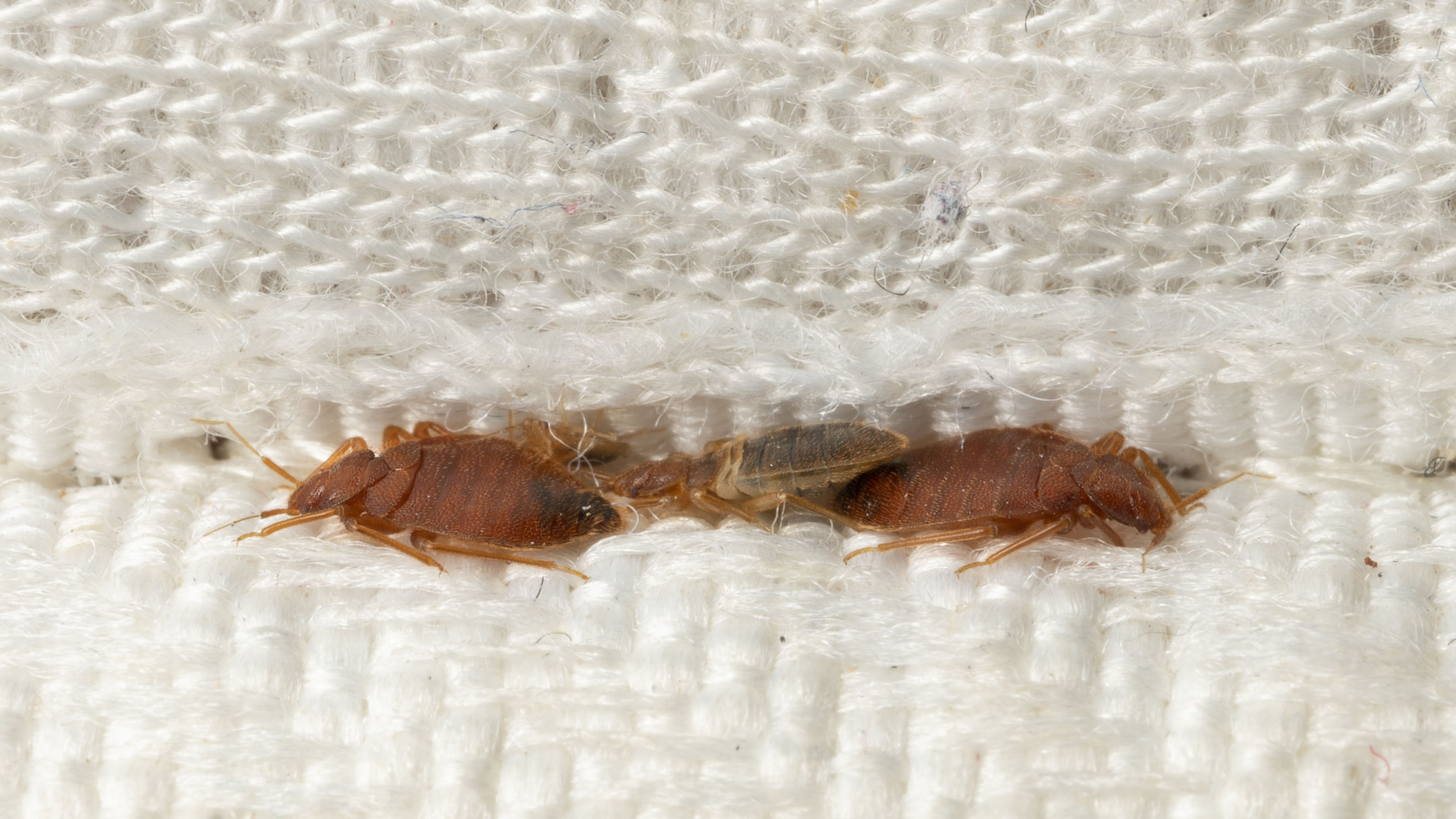
Mattress encasements cover the whole mattress, with a zipper that seals it fully, meaning that bed bugs cannot make their way inside. And if you already have an infestation, an encasement will trap them inside, preventing their spread throughout the rest of your home.
Mattress protector vs mattress encasement: Stains, spills & dust mites
Mattress protectors are a easy and inexpensive way of protecting your mattress against stains, spills and dust mites. They offer good protection against basic spills as it’s easy to just quickly remove the protector before it reaches your mattress.
If you do happen to spill something on your mattress, it’s important to act quickly, follow our guide on how to clean a memory foam mattress and get urine out which will also offer advice on cleaning up other spills.
The same goes for staining. It’s not just spills that cause staining, as body oils, sweat and other fluids seep through your sheets to cause stains on your mattress. A mattress protector will offer a barrier to this. If your mattress is already stained, take a look at our guide on how to remove mattress stains before adding a protector.
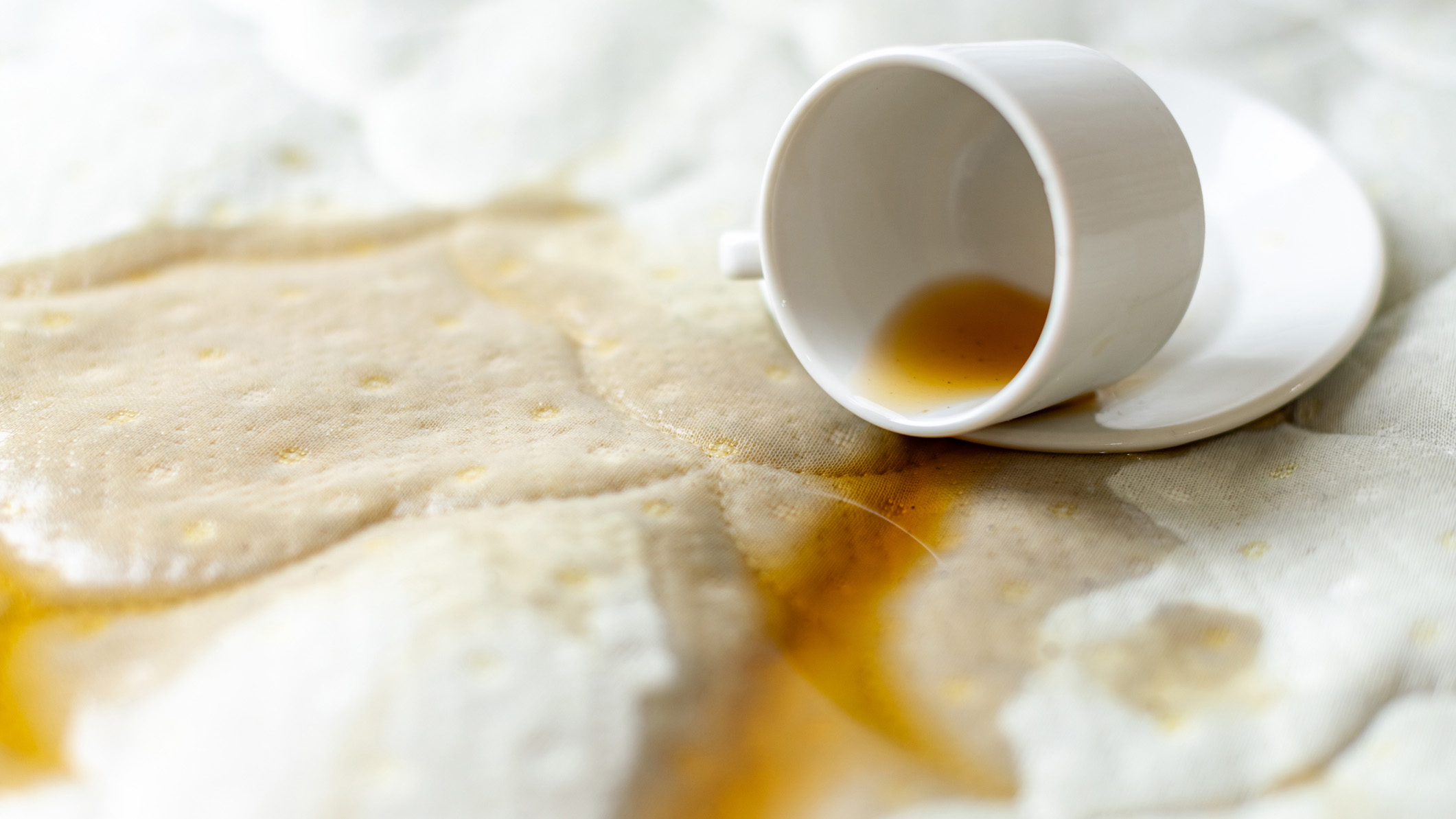
Because mattress protectors offer a barrier between you and your mattress, they can also be effective in preventing dust mites. It’s best to opt for hypoallergenic protectors for added benefit, especially if you have allergies.
Whilst mattress encasements offer the same level of protection against spills and stains, they are harder to clean. This is because they sit tightly against the mattress, making them harder to remove. They also aren’t always able to be machine washed so if you have had an accident, you won’t be able to just throw them in the washing machine. Mattress encasements aren’t always waterproof either so you’ll be in a race against time to remove it before it soaks through on to your mattress.
Mattress protector vs mattress encasement: Pros & cons
Mattress protector: Pros
• More affordable: Mattress protectors tend to be cheaper and often when you buy a new mattress they’re thrown in as an added extra.
• Easier to use: Mattress protectors are like a fitted sheet that just sits on top of your mattress. This makes them a lot easier to handle and they can be easily placed on and removed from the bed.
• Easy to wash: Many mattress protectors are machine washable, so you can wash and dry them along side the rest of your bedding ensuring you always have a fresh sleep.
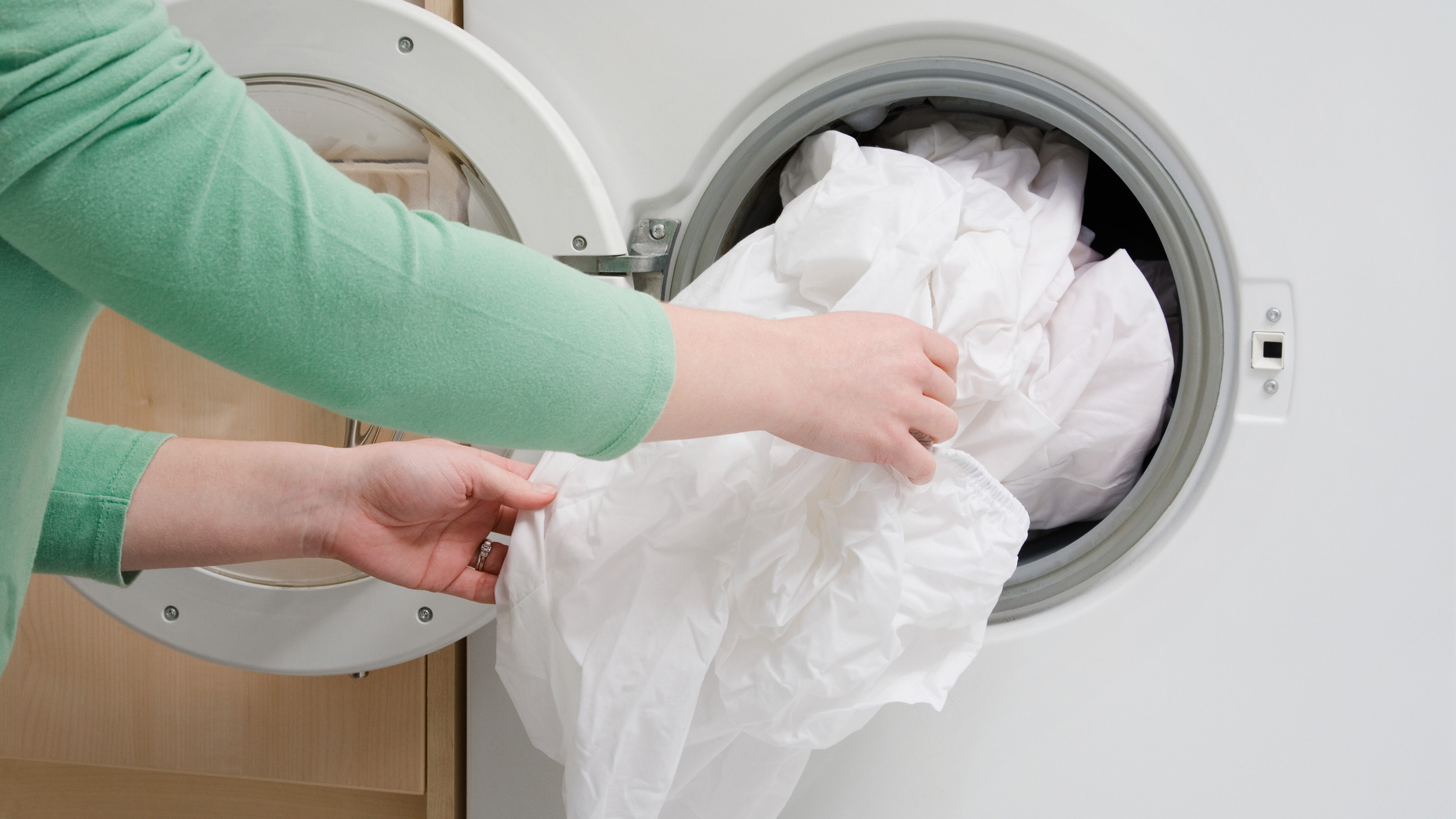
Mattress protector: Cons
• Limited coverage: A mattress protector only protects the top of the mattress leaving the sides and base vulnerable.
• Not effective against bed bugs: Whilst a mattress protector is fine for spills and stains, it’s doesn’t offer adequate protection against dust mites and bed bugs as it doesn’t stop them from getting inside the mattress in to areas where they like to hide and thrive.
• Not always good for hot sleepers: There are plenty of mattress protectors that offer cooling options, but mattress protectors can trap heat and make sleeping uncomfortable for those who already sleep hot.
Mattress encasement: Pros
• Full protection: A mattress encasement covers every single inch of your mattress. This means you get full protection against spills, stains, bed bugs and dust mites.
• Protection against bed bugs: Encasements have been designed specifically to prevent bed bugs from infesting your mattress.
• They don’t change the feel of the mattress: Because mattress encasements are tightly fitted to the mattress, it won’t change how the mattress feels. However, it is important to ensure your mattress encasement fits perfectly as if its loose it could be uncomfortable whilst you’re moving around.
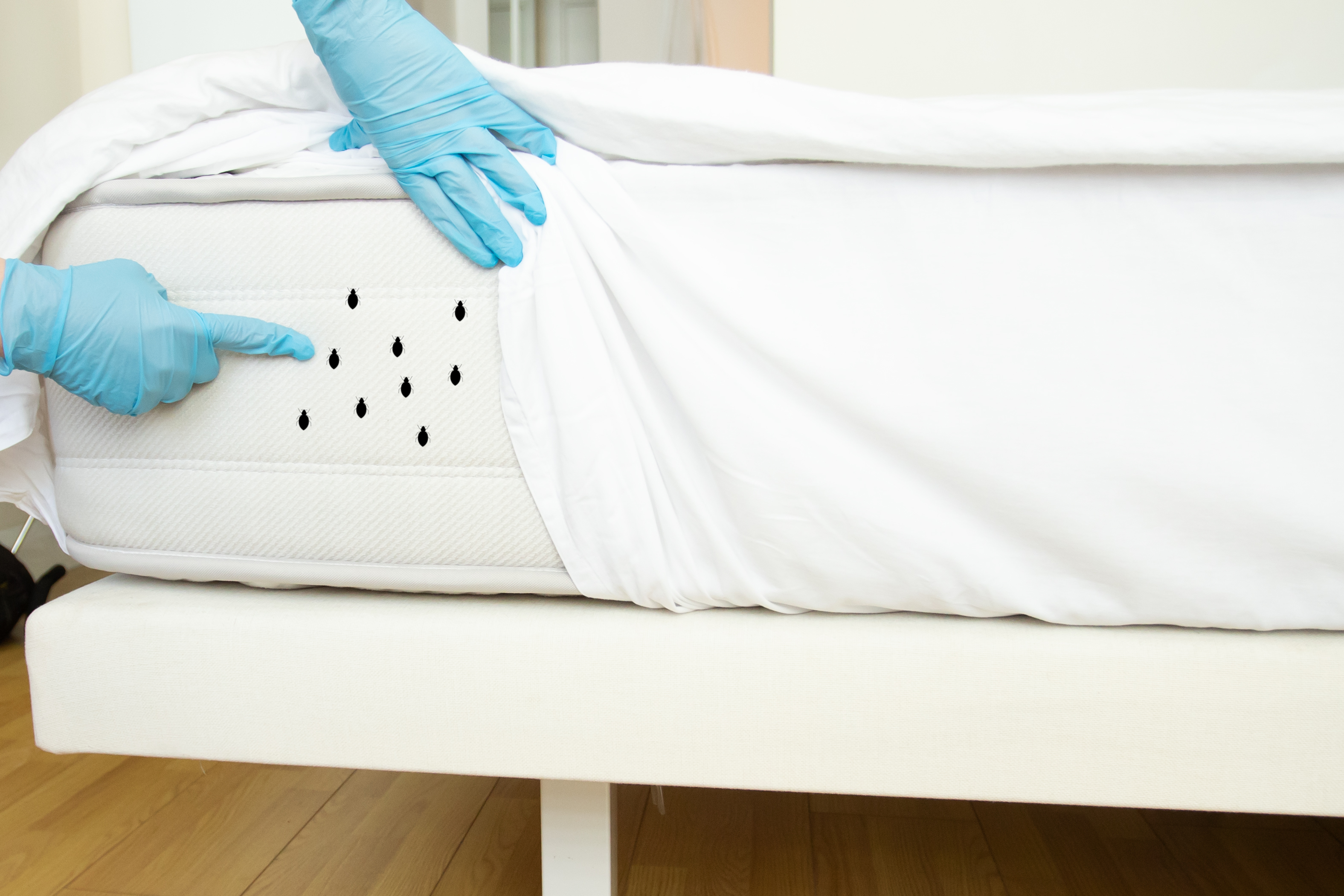
Mattress encasement: Cons
• More expensive: A good quality mattress encasement is often a bit more expensive than a mattress protector. This is because of the additional features and materials used.
• Difficult to use: Because of the encasing design, mattress encasements are more difficult to use. This causes an issue if you need to remove it quickly due to a spill.
• Difficult to wash: You can’t always machine wash or dry a mattress encasement. This is down to the materials used as you risk shrinking or stretching the materials if you put it on the wrong setting. This may not be the best choice if you have frequent spills and accidents.
Mattress protector vs mattress encasement: Which should you buy?
Buy a mattress protector if...
✅ You want easy, immediate protection: You want to protect your mattress from spills and stains, but you want to be able to put on and remove easily.
✅ You want waterproof protection: Whether you're in the process of potty training your child or you want to protect your mattress against any accidents, a waterproof mattress protector will prevent your mattress from getting wet.
✅ You want to extend the life of your mattress: You don't suffer from allergies and aren't particularly concerned about bed bugs - you just want something that will protect your mattress against spills or stains.
Buy a mattress encasement if...
✅ You want to protect your mattress against bed bugs: A fully zippered mattress encasement is the only way to stop bed bugs from making your mattress their home.
✅ You want full protection: A mattress encasement will protect the top, sides and underneath of your mattress.
✅ You have severe allergies or asthma: A fully zippered mattress encasement will for an impenetrable barrier against dust mites, helping to keep dust allergies to a minimum.
Sign up to get the BEST of Tom's Guide direct to your inbox.
Get instant access to breaking news, the hottest reviews, great deals and helpful tips.

Rachael is a freelance journalist based in South Wales who writes about lifestyle, travel, home and technology. She also reviews a variety of products for various publications including Tom’s Guide, CreativeBloq, IdealHome and Woman&Home. When she’s not writing and reviewing products she can be found walking her Sealyham and West Highland terrier dogs or catching up on some cringe-worthy reality tv.

